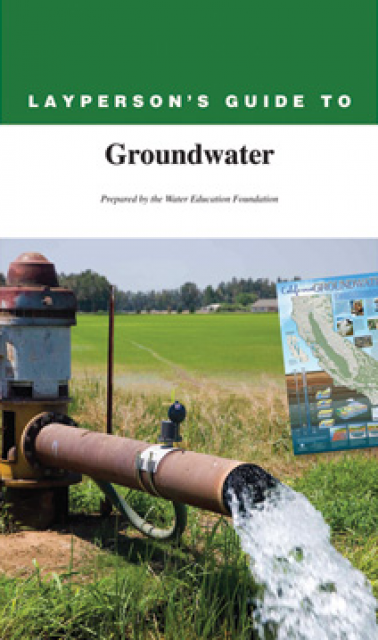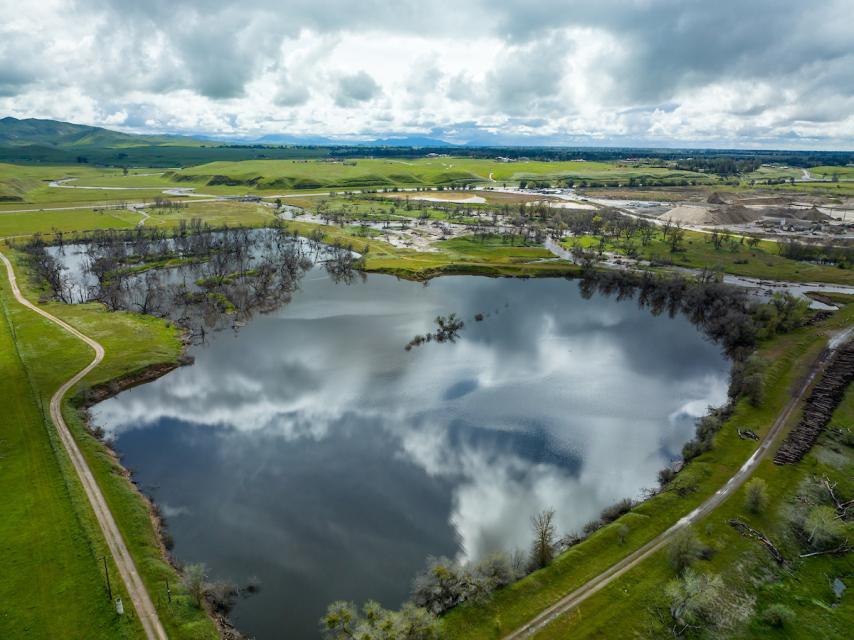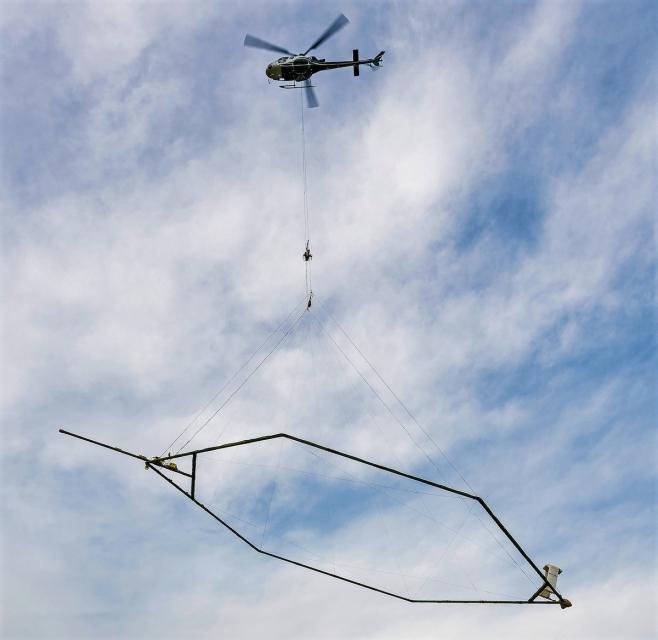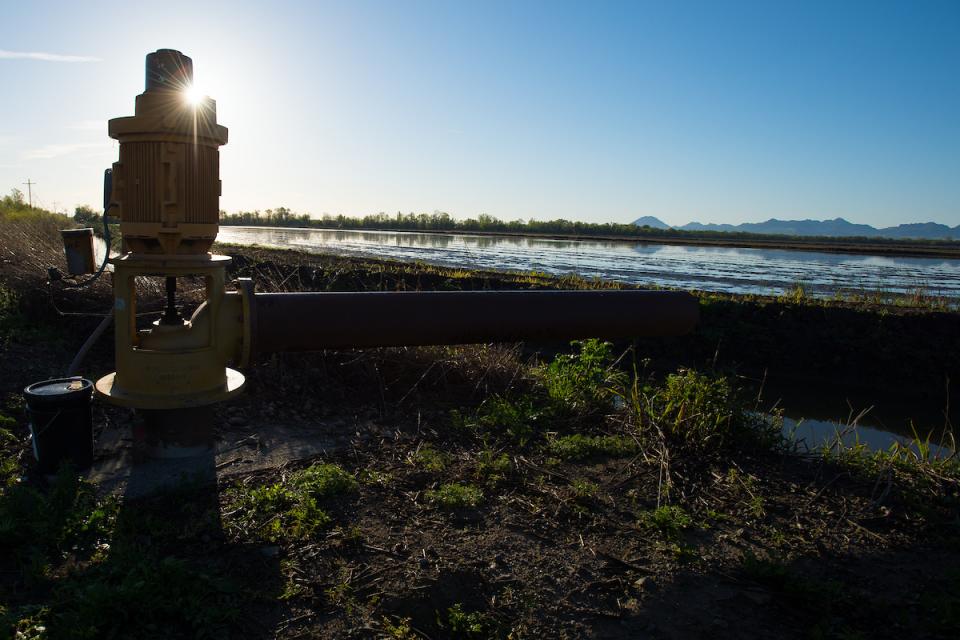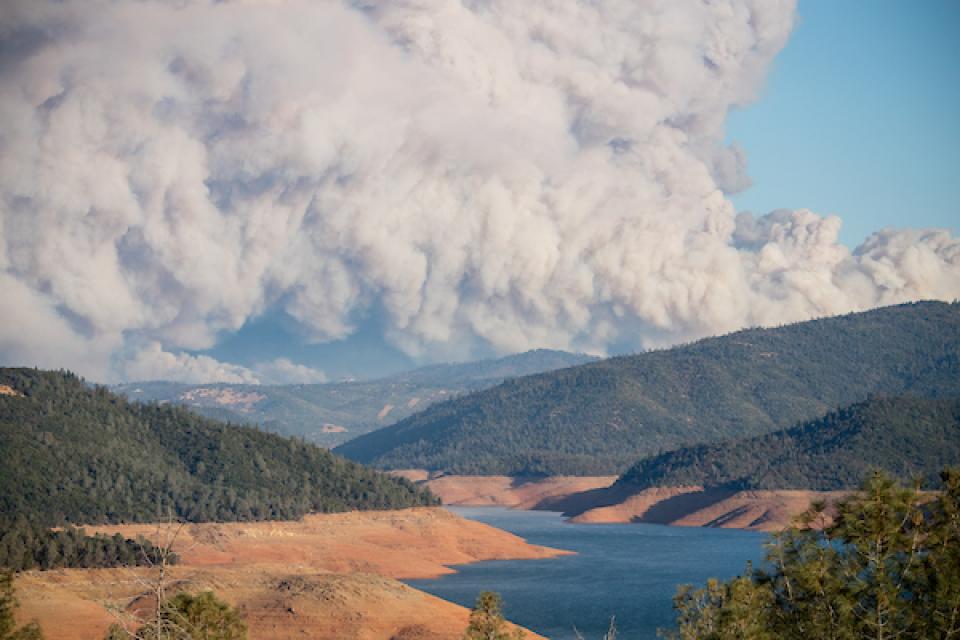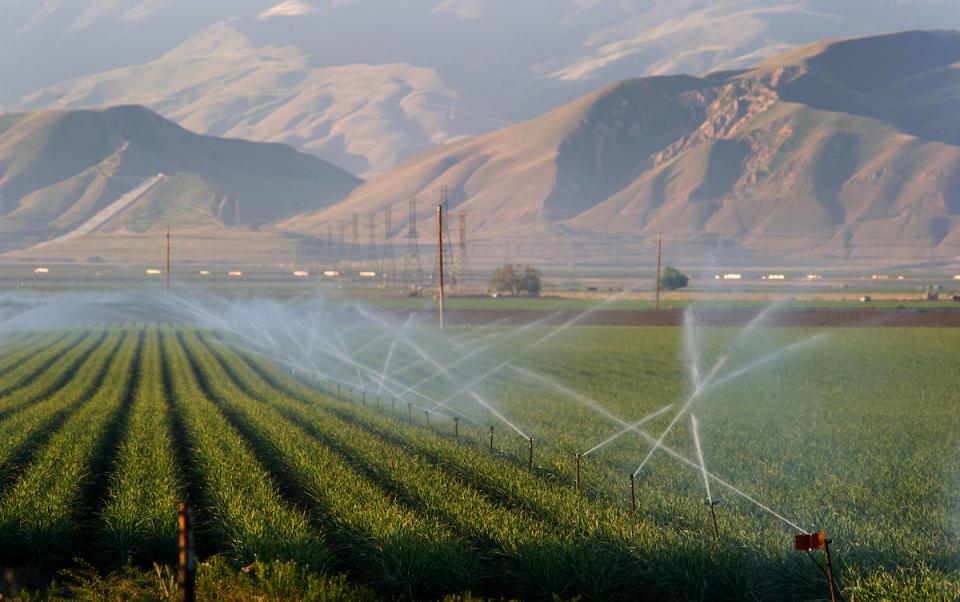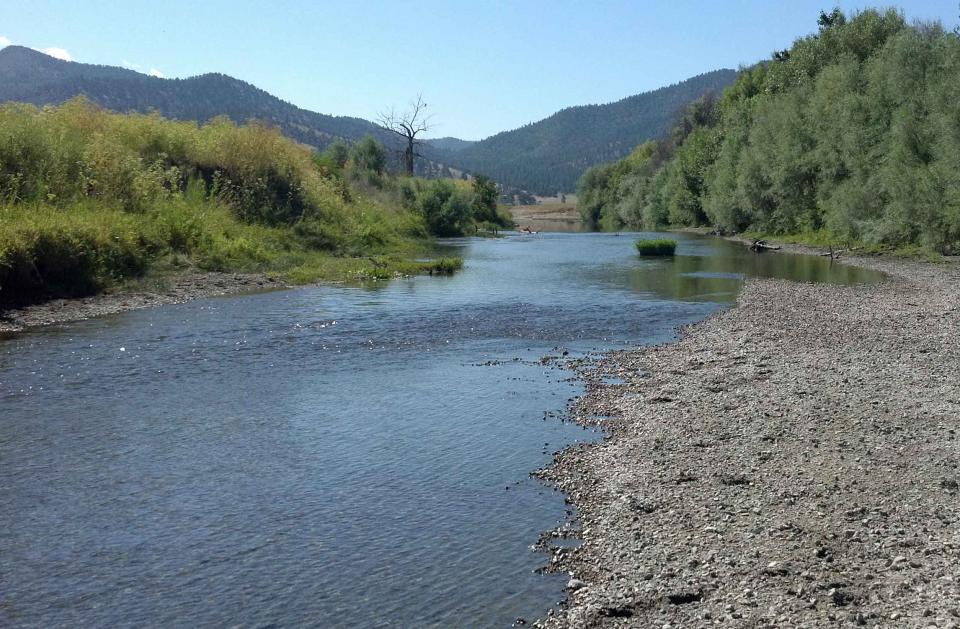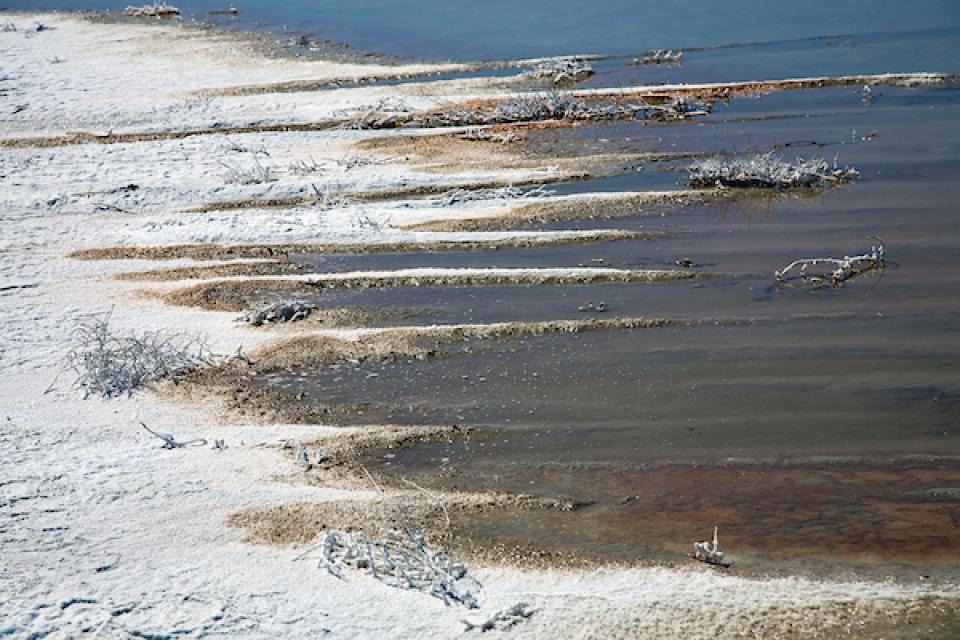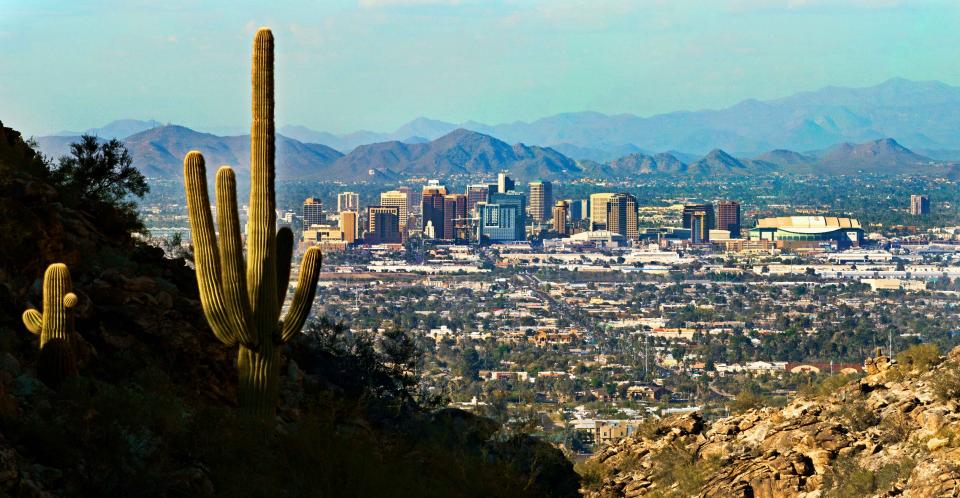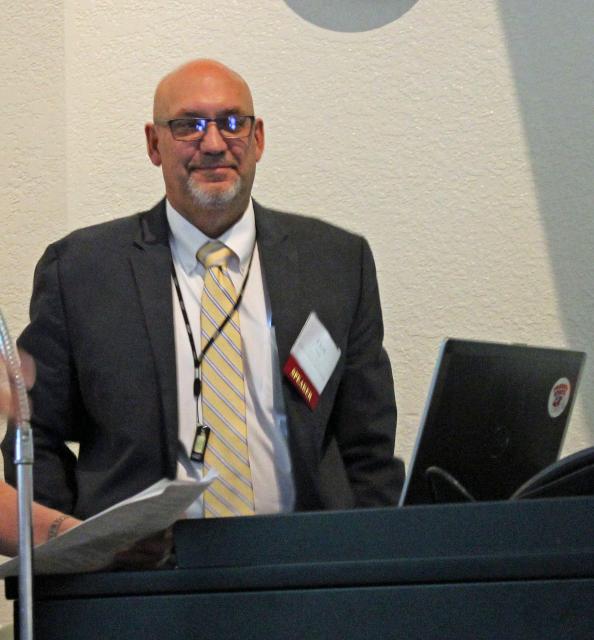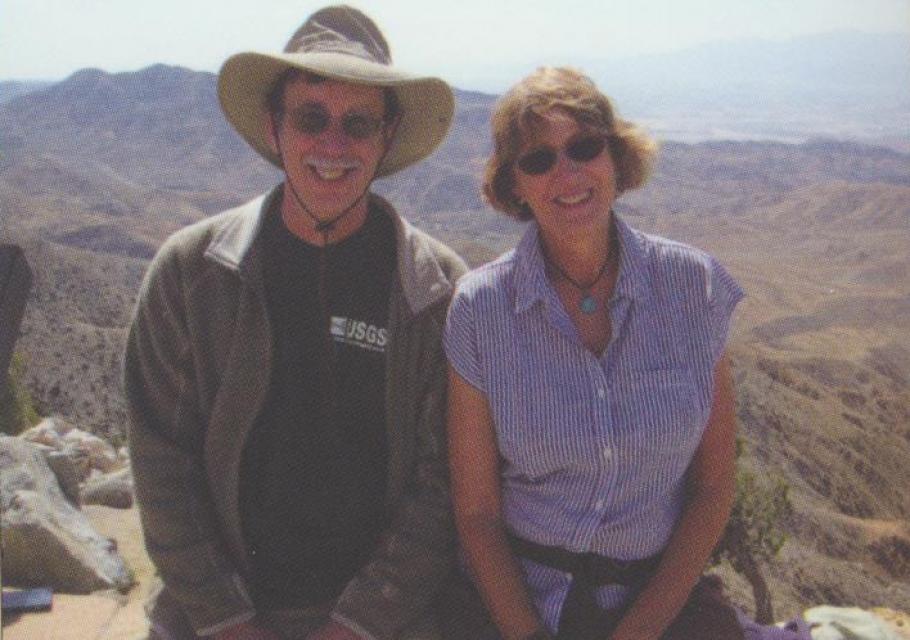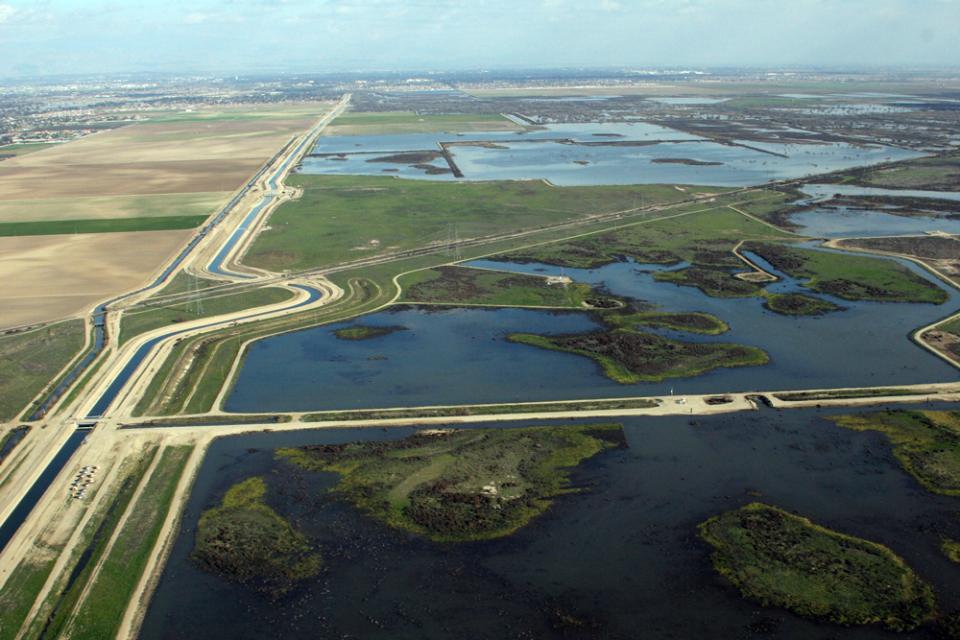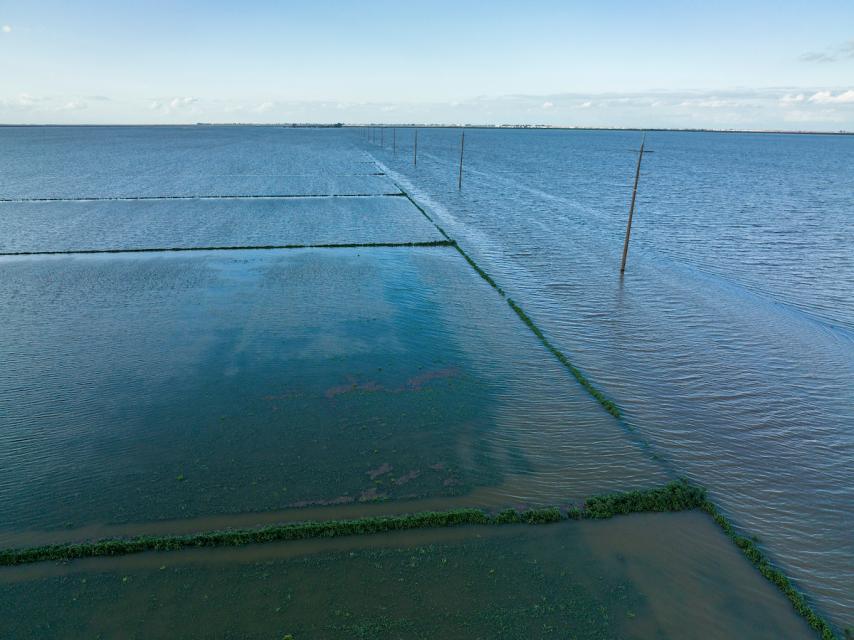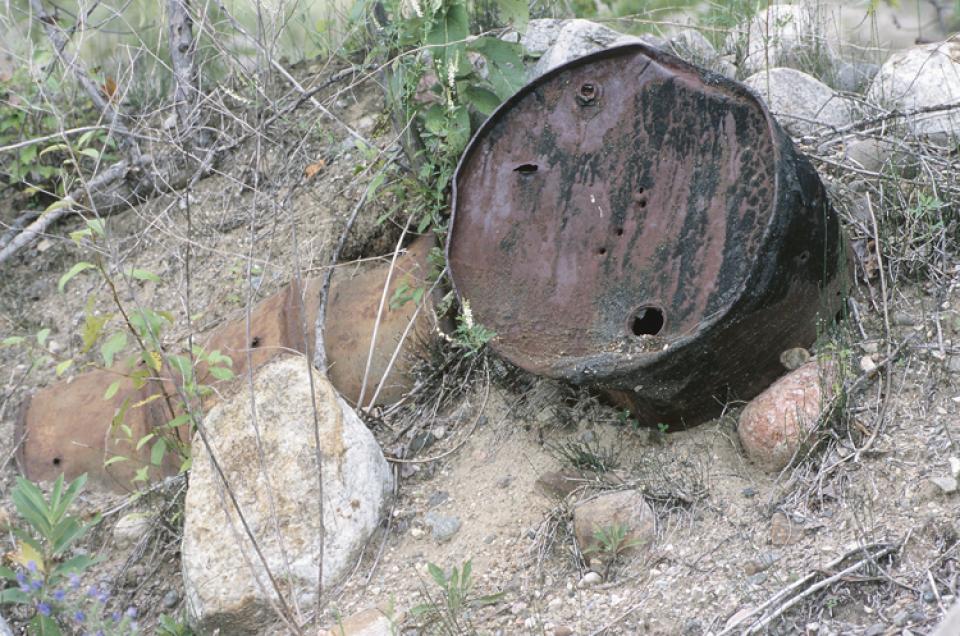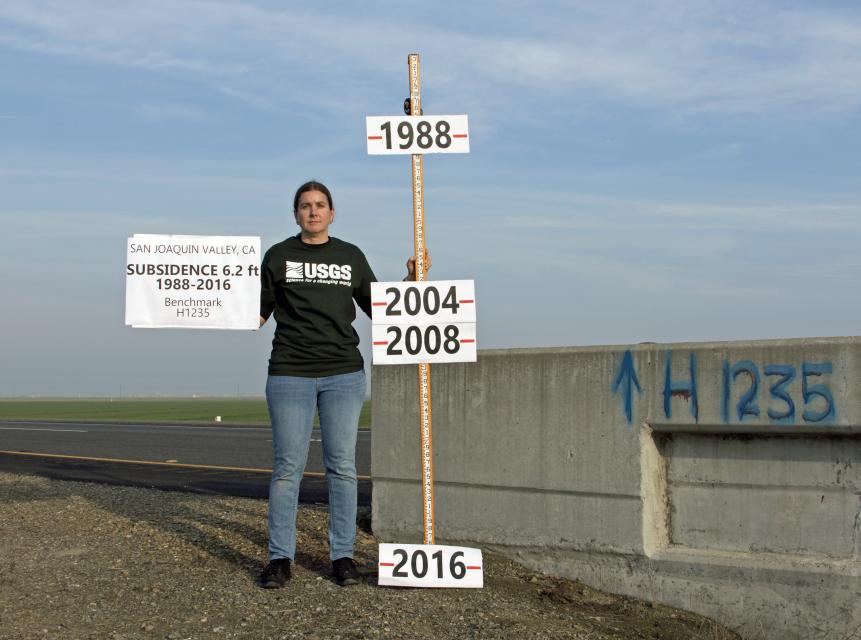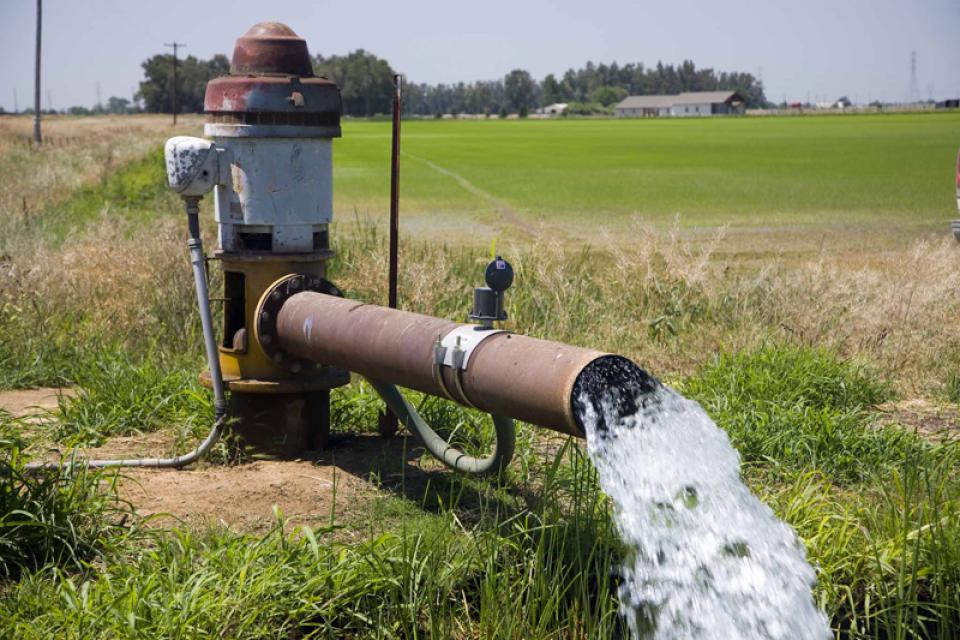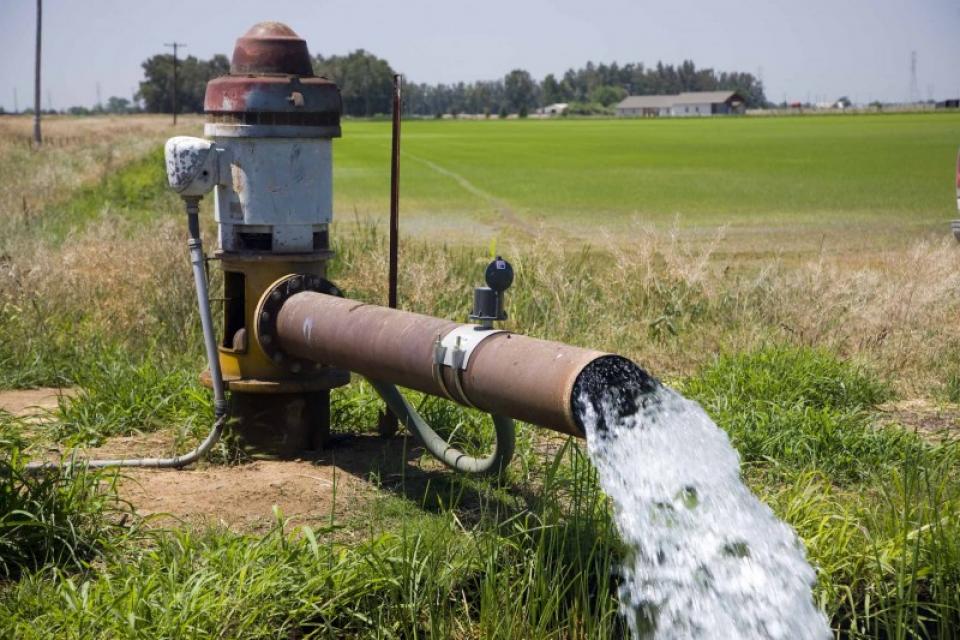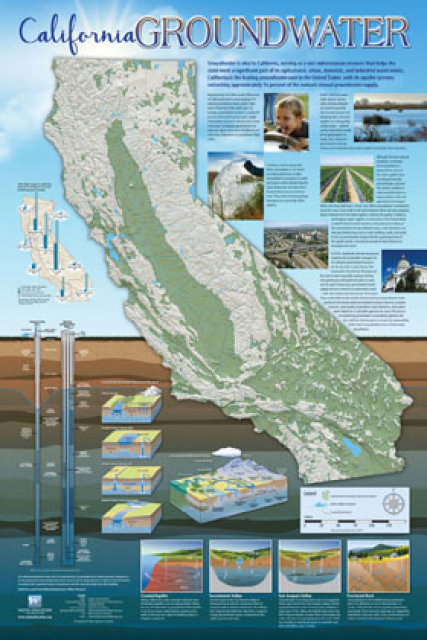Layperson’s Guide to Groundwater
Updated 2017
The 28-page Layperson’s Guide to Groundwater is an in-depth, easy-to-understand publication that provides background and perspective on groundwater. The guide explains what groundwater is – not an underground network of rivers and lakes! – and the history of its use in California.
The 2017 edition has been expanded to include background information on the Sustainable Groundwater Management Act (SGMA), the state’s historic law that requires formation of regional agencies to develop plans to stop problems of groundwater overdraft and establish a local strategy to manage the groundwater basin in a sustainable manner. The guide provides a history of groundwater use in California, the increased pumping during the recent drought, and explains the problems associated with groundwater overdraft and land subsidence. Also included is a section on groundwater quality, along with a glossary of groundwater terms. Order in bulk (10 or more copies of the same guide) for a reduced fee. Contact the Foundation, 916-444-6240, for details.





